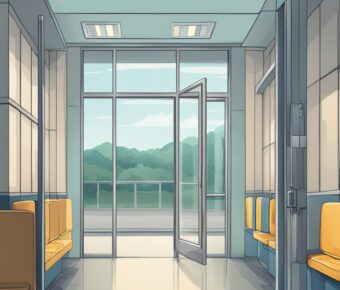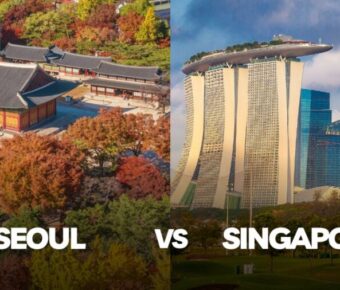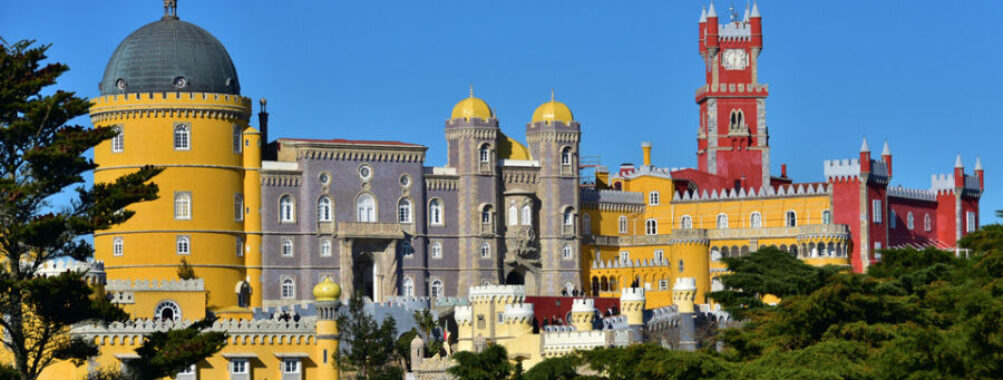
9 Little-Known European Cities to Explore Before They Become Too Popular
Europe’s well-trodden tourist trails often overshadow its hidden treasures. Beyond the iconic landmarks and bustling city centers lie enchanting destinations waiting to be discovered. These lesser-known spots offer unique experiences, rich cultural heritage, and breathtaking landscapes without the crowds.
Exploring Europe’s hidden gems reveals a continent brimming with untapped wonders and authentic local experiences. From charming villages nestled in cliff sides to picturesque valleys known only to wine enthusiasts, these secret locales promise unforgettable adventures. Travelers seeking to venture off the beaten path will find themselves immersed in the true essence of European charm and hospitality.
Uncovering these hidden spots allows visitors to forge deeper connections with local cultures and create lasting memories. Whether it’s wandering through the half-timbered houses of a quaint German town or marveling at the green-roofed dwellings of a remote island, each destination tells its own captivating story. These secret European havens offer a refreshing escape from overtourism and a chance to experience the continent’s diverse beauty in its purest form.
Contents
Hidden European Travel Spots
Europe holds countless captivating destinations off the beaten path. These lesser-known cities and towns offer rich cultural experiences, stunning architecture, and unforgettable adventures without the crowds.
Ljubljana
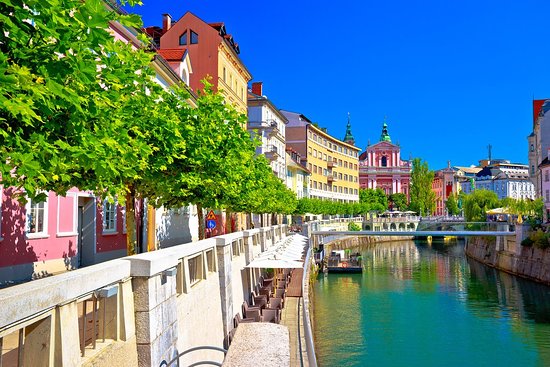
Slovenia’s capital charms visitors with its picturesque riverfront and striking architecture. The Ljubljana Castle looms over cobblestone streets lined with colorful Baroque buildings.
Visitors can explore the vibrant Central Market or take a scenic boat ride along the Ljubljanica River. The city’s car-free center makes it perfect for leisurely strolls.
Dragon Bridge, with its iconic dragon statues, offers a unique photo opportunity. For panoramic views, ride the funicular up to the medieval castle.
Ljubljana’s lively café culture invites travelers to linger in outdoor terraces. The city’s commitment to sustainability has earned it the title of European Green Capital.
Belgrade

Serbia’s dynamic capital pulses with energy and resilience. Ancient fortresses stand alongside socialist-era architecture and modern developments.
The imposing Kalemegdan Fortress overlooks the confluence of the Sava and Danube rivers. Its sprawling park is ideal for picnics and sunset views.
Skadarlija, the bohemian quarter, entices with its cobblestone streets and traditional restaurants. Live music spills from taverns late into the night.
Ada Ciganlija, a river island turned peninsula, offers beaches and water sports in summer. The buzzing nightlife scene thrives on splav – floating nightclubs on the rivers.
Aarhus
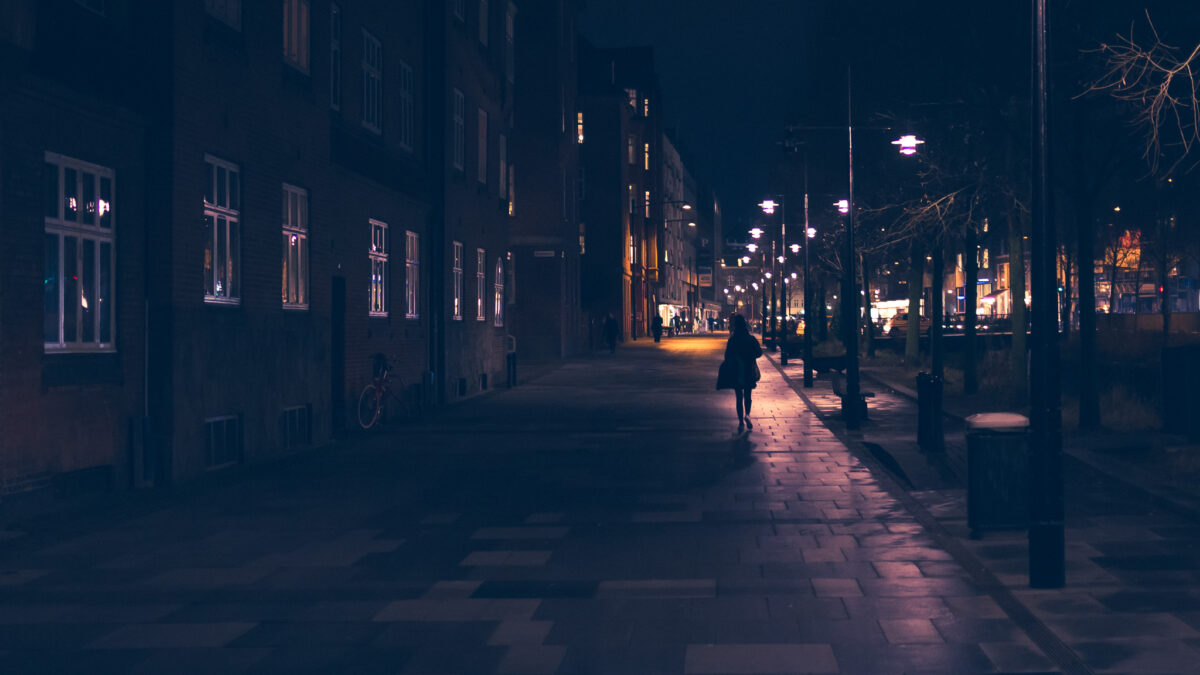
Denmark’s second-largest city blends old-world charm with cutting-edge culture. The open-air Den Gamle By museum showcases Danish life through the centuries.
ARoS Art Museum’s iconic rainbow panorama offers colorful city views. The nearby Dokk1 library and cultural center exemplifies sleek Scandinavian design.
Aarhus’s Latin Quarter enchants with its narrow streets and half-timbered houses. Trendy cafes and boutiques line the cobblestone lanes.
The Infinite Bridge, a circular wooden pier, provides a unique seaside experience. Nearby, Marselisborg Forests offer hiking trails and deer parks.
Bratislava
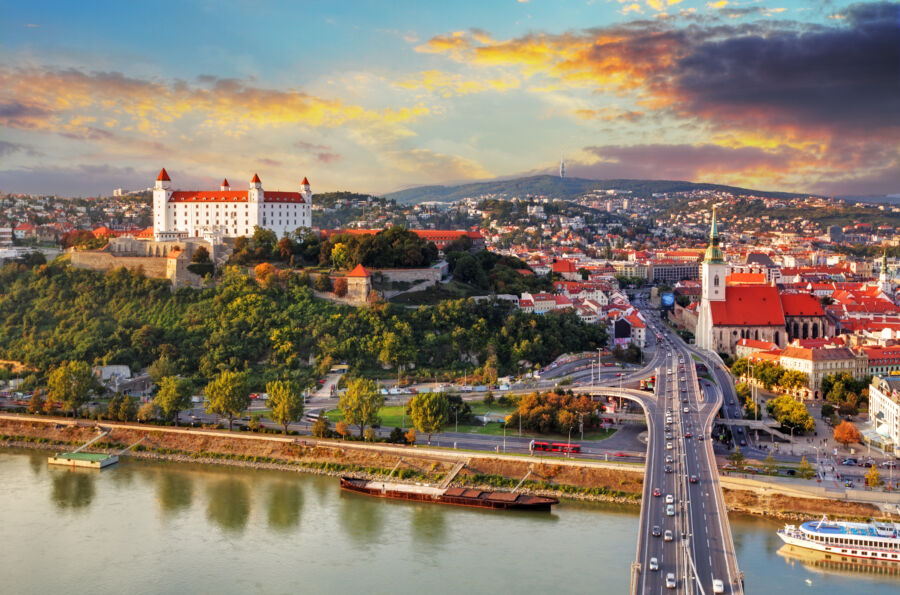
Slovakia’s capital delights with its compact Old Town and quirky charm. Bratislava Castle dominates the skyline, offering sweeping views of the Danube.
The Blue Church, with its art nouveau facade, looks like it belongs in a fairytale. Quirky bronze statues, like the famous “Man at Work,” add whimsy to city streets.
St. Martin’s Cathedral, the coronation church of Hungarian kings, impresses with its Gothic architecture. The UFO observation deck atop the SNP Bridge provides panoramic vistas.
Devin Castle, a short trip from the city, offers a glimpse into medieval life. Its strategic location at the confluence of the Danube and Morava rivers is breathtaking.
Tirana

Albania’s capital surprises with its vibrant energy and colorful transformation. Once-drab communist-era buildings now sport bright hues and bold patterns.
The striking Skanderbeg Square forms the heart of the city. Its vast pedestrian area hosts festivals and gatherings throughout the year.
The Pyramid, a controversial communist-era structure, is being repurposed as a youth cultural center. Nearby, the “Cloud” pavilion offers a unique elevated walkway.
Bunk’Art, a massive Cold War bunker turned museum, provides insight into Albania’s isolated past. The trendy Blloku district, once reserved for communist elites, now bustles with cafes and nightlife.
Skopje

North Macedonia’s capital intrigues with its eclectic mix of styles. The controversial Skopje 2014 project filled the city with neoclassical buildings and grand monuments.
The Stone Bridge, dating back to the 15th century, connects the old and new parts of the city. The Ottoman-era Old Bazaar offers a maze of narrow streets and traditional crafts.
Mount Vodno, topped by the Millennium Cross, provides hiking trails and cable car rides. The unusual Museum of Contemporary Art, housed in a brutalist structure, showcases regional artists.
Canyon Matka, a short drive from the city, offers dramatic landscapes and boat trips to hidden caves.
Tartu

Estonia’s second-largest city charms with its youthful spirit and intellectual heritage. The prestigious University of Tartu shapes the city’s cultural landscape.
The main square, dominated by the Town Hall, comes alive with events and markets. The “Kissing Students” fountain has become an iconic meeting point.
The Estonian National Museum, in a striking modern building, explores the country’s cultural history. The charming Soup Neighborhood features colorful wooden houses and street art.
Toomemägi hill, crowned with the ruins of Tartu Cathedral, offers peaceful walks and panoramic views. The futuristic-looking science center AHHAA makes learning fun for all ages.
Coimbra
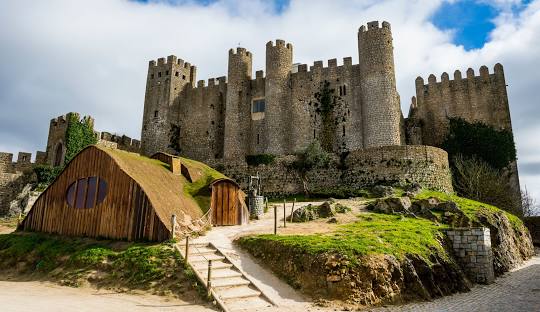
Portugal’s former capital captivates with its historic university and romantic atmosphere. The University of Coimbra, one of Europe’s oldest, impresses with its Baroque library.
The Old Cathedral, a rare example of Romanesque architecture, stands as a testament to the city’s medieval past. Narrow streets wind down to the picturesque Mondego River.
The Portugal dos Pequenitos park features miniature versions of Portuguese landmarks. The Machado de Castro National Museum houses an impressive art collection above Roman ruins.
Fado music, with its unique Coimbra style, can be heard in traditional taverns. The Botanic Garden, one of Europe’s largest, offers a tranquil escape from city bustle.
Maribor
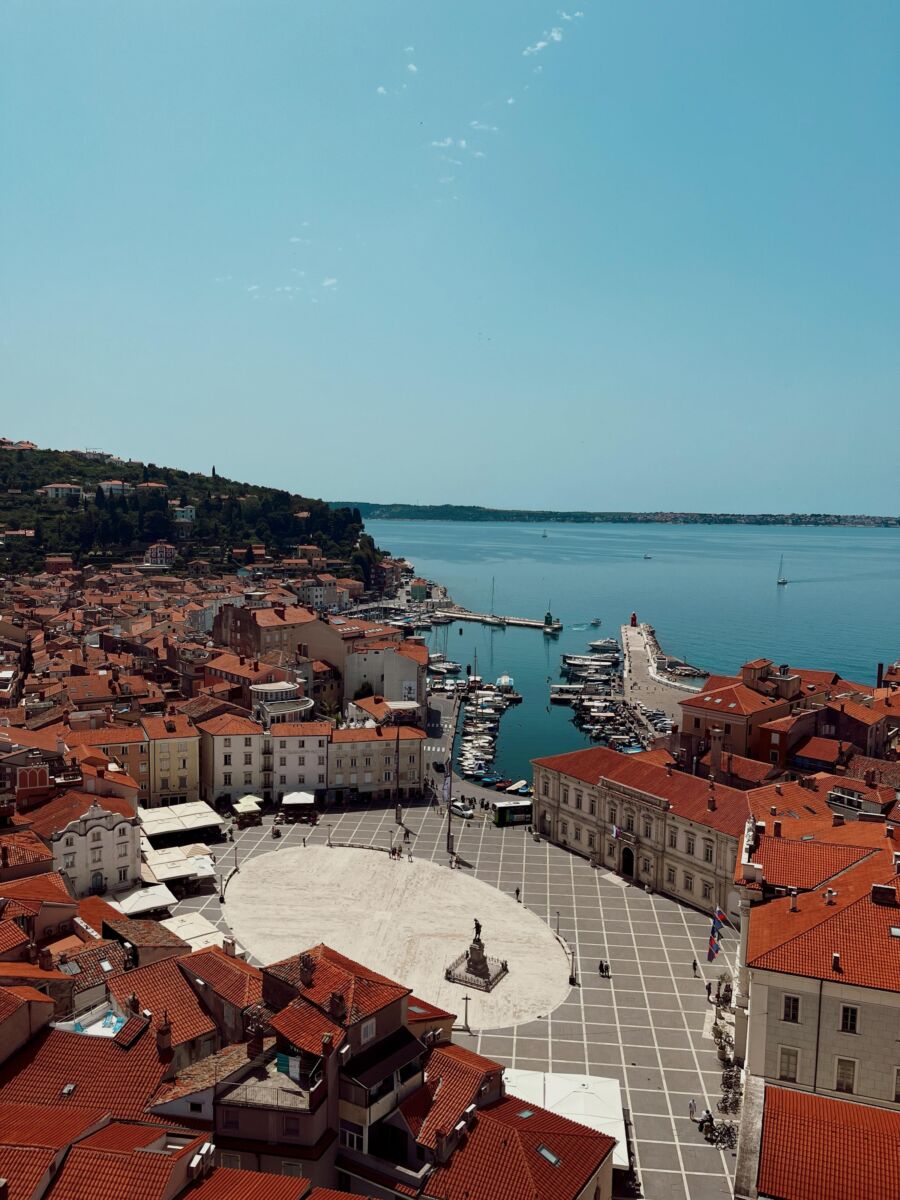
Slovenia’s second-largest city charms with its laid-back vibe and wine culture. The Old Vine House showcases the world’s oldest producing grape vine, over 400 years old.
Lent, the oldest part of the city, buzzes with cafes along the Drava River. The Water Tower and Judgement Tower offer glimpses into the city’s medieval past.
Pohorje Mountain provides year-round outdoor activities, from skiing to hiking. The vibrant Maribor Festival brings world-class classical music performances to atmospheric venues.
Piramida Hill rewards climbers with panoramic city views. The City Park, with its aquarium and terrarium, offers a green oasis in the heart of Maribor.
